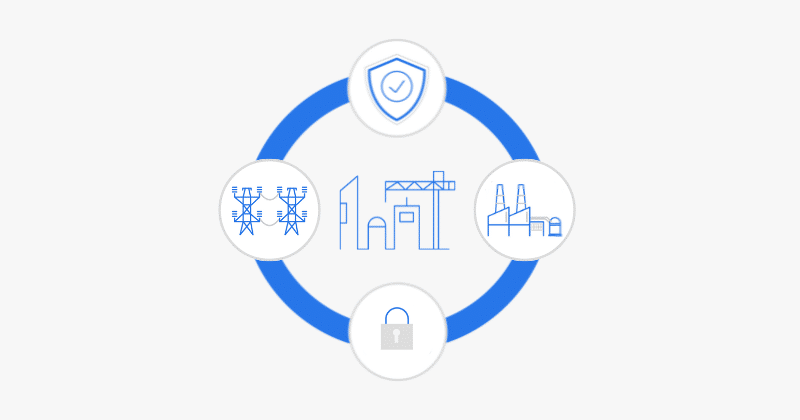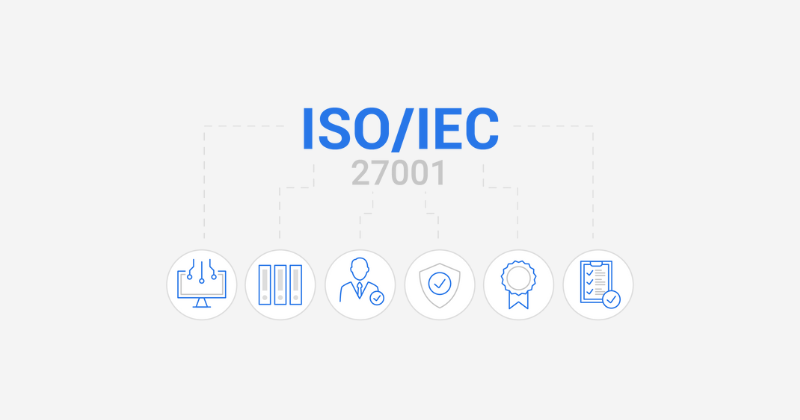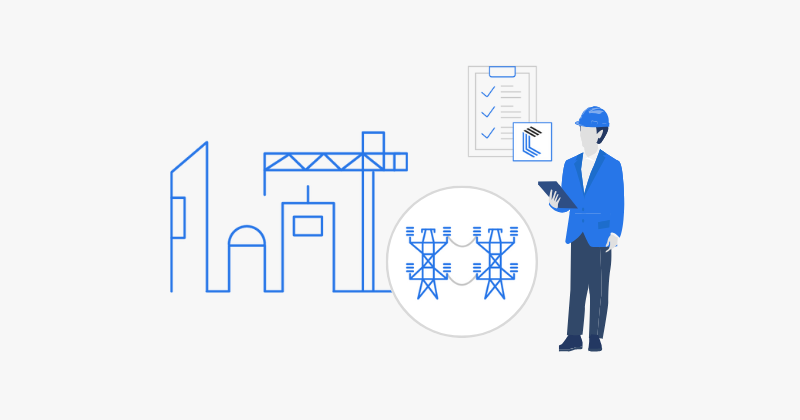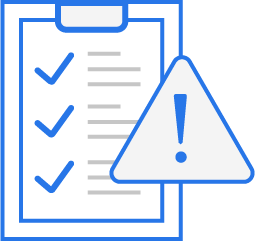Reconciling Security Mandates with Operational Imperatives
For those involved with Operational Technology (OT), the term OT Patch Management likely evokes a range of reactions, from cautious consideration to significant concern. In the more familiar Information Technology (IT) landscape, patching can often be likened to routine maintenance. However, the OT domain is fundamentally different. Here, software directly orchestrates physical processes like controlling turbines, actuating valves, or managing critical infrastructure. Consequently, the act of patching in OT environments acquires a profound gravity, representing a core challenge for OT security, especially concerning software updates and effective OT Patch Management. The task is to balance essential vulnerability management with the non-negotiable demands of safety, reliability, and continuous operation.
Understanding industrial cybersecurity’s intricacies is revealing. Directly transposing IT security practices to OT environments is often ineffective and can even be detrimental. The operational context is significantly different. Fortunately, the National Institute of Standards and Technology (NIST) offers indispensable guidance, primarily through two key documents: SP 800-82r3 (“Guide to Operational Technology Security”) and SP 800-40r4 (“Guide to Enterprise Patch Management Planning”). These documents are not mere theoretical exercises. Instead, they are practical frameworks. Their basis is a deep understanding of the unique pressures and inherent risks tied to digitally controlling physical processes. This distinctiveness is what makes specialized guidance so critical for successful OT Patch Management.
The Unique Demands on OT Systems: Why Standard Patching Falls Short
NIST SP 800-82r3 clearly articulates the fundamental differences between IT and OT, which directly influence effective risk management and patching strategies. These distinctions underscore why a tailored approach to OT Patch Management is non-negotiable. Firstly, the potential for physical impact is paramount. In OT, a software glitch or misapplied patch isn’t just about data loss. Consequences can include catastrophic equipment damage and hazardous environmental spills. Production stoppages might cost millions. Crucially, it means a direct risk to human life and safety. Risk calculations in OT must, therefore, heavily prioritize these potential physical outcomes.
Availability is also often king. Many OT processes, such as power generation, water treatment, or continuous manufacturing lines, operate 24/7. Unplanned downtime isn’t merely an inconvenience; it can be a severe disruption with significant financial and regulatory consequences. While patching often necessitates planned outages, these are typically infrequent and meticulously scheduled. This is because rebooting an OT controller or an entire industrial system is vastly different. It’s not like restarting a laptop or server in an IT environment. The prevalence of legacy systems is another significant factor; OT assets often have operational lifespans of 15, 20, or even 30 years. This means encountering older operating systems, hardware with limited processing resources, and proprietary protocols that may lack modern security features. Vendors may no longer support these systems, meaning security patches might be unavailable, making traditional OT Patch Management impossible and necessitating alternative mitigation strategies.
The OT Patching Conundrum: Beyond Simple Security Updates
NIST SP 800-40r4 champions patching as ‘Preventive Maintenance.’ This represents a powerful shift in mindset. It reframes vulnerability management away from being merely an IT chore. Now, it’s seen as a fundamental cost of business, vital for technology reliability and safety. This echoes the ‘Broken Windows’ theory in cybersecurity: neglecting basic patching hygiene can signal a poorly maintained environment and invite attackers. Reports like the Verizon Data Breach Investigations Report (DBIR) consistently show that attackers frequently exploit known, unpatched vulnerabilities. However, the unique characteristics of OT make this “maintenance” exceptionally complex.
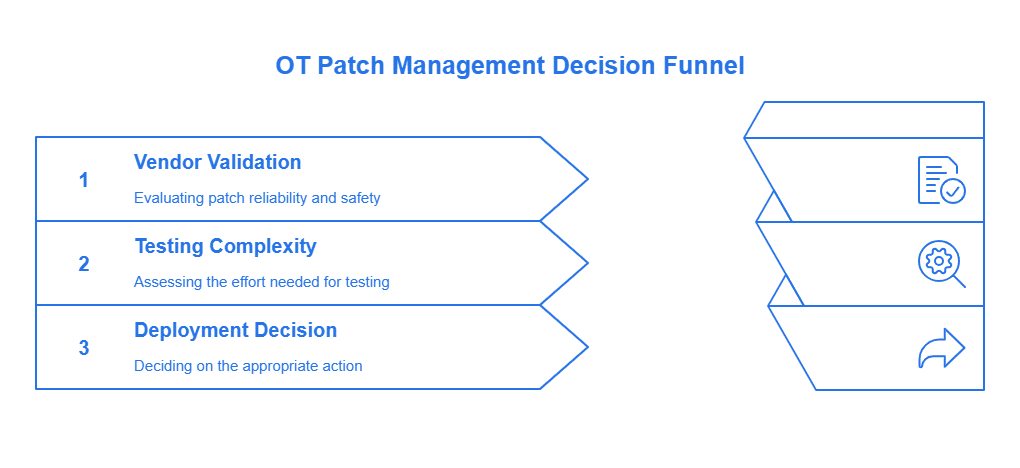
One major factor is the ‘testing tightrope.’ Organizations must thoroughly test patches to ensure they don’t disrupt production or compromise safety, but creating a truly representative testbed with identical hardware, software, and operational conditions is often prohibitively expensive and intricate. Deploying untested patches is unthinkable when physical processes and safety are at stake. Furthermore, organizations often face significant vendor dependencies. OT vendors typically validate patches for their specific systems—a process critical for safety-certified equipment but one that can introduce delays of weeks or even months. Applying a patch before vendor validation might void support or introduce unforeseen operational risks. This leads to the difficult reality of “unpatchable” systems, where a critical controller running an unsupported operating system simply cannot be updated, forcing a shift from remediation to mitigation.
A Structured Path Forward: NIST’s Framework for OT Patch Management
Instead of reacting to patching needs on an ad-hoc basis, NIST SP 800-40r4 offers a blueprint for building a structured, repeatable, and defensible OT Patch Management program specifically tailored for the operational environment. This proactive stance begins with defining clear scenarios and categorizing assets to manage complexity effectively. The framework emphasizes pre-planning for various situations. These range from routine patching with phased rollouts and grace periods. They also include emergency patching, requiring accelerated testing and rapid deployment. Furthermore, mitigation strategies are considered if patches aren’t immediately deployable.
A documented plan for “unpatchable” systems, relying on robust compensating controls such as network segmentation, stricter access controls, and enhanced, targeted Continuous Monitoring, is also essential. This approach is not about ignoring risk but actively managing it. Grouping similar assets based on criteria like function, operational constraints, and technical aspects allows for tailored maintenance plans, making the overall patching process more manageable and focusing resources where they are most needed. This structured approach helps ensure that decisions about patching—or not patching—are deliberate, risk-informed, and defensible.
Laying the Groundwork: Indispensable Inventory and Metrics
Effective strategic planning for OT Patch Management hinges on a solid foundation of information and methods to measure success. Consequently, an accurate, continuously updated Asset Inventory and Management and meaningful, risk-focused metrics are crucial, as stressed by both NIST SP 800-40r4 and SP 800-82r3. Knowing your systems in granular detail – hardware (make, model, firmware), software (OS, applications, potentially Software Bill Of Materials (SBOM) where available), network configurations (IPs, protocols, connections), and operational context (function, criticality, owner) – is paramount.
While automation can assist with inventory, manual verification often remains necessary in OT, especially for non-IP-based or isolated equipment. For metrics, the focus should shift from simply tracking the percentage of systems patched to measuring actual risk reduction. This involves tracking time-to-mitigate against vulnerability severity and asset criticality, analyzing performance by different asset groups to identify bottlenecks, integrating threat intelligence to prioritize patches for actively exploited flaws on systems within your environment, and reporting the overall risk posture to leadership by translating technical data into residual risk levels. This ensures decisions are data-driven and the strategy effectively minimizes operational dangers.
Practical Strategies: Implementing NIST-Aligned OT Patch Management
Navigating the complexities of OT patching demands a proactive, risk-informed methodology built on detailed visibility, robust controls, and operational resilience. Here are key, actionable recommendations drawn from NIST guidance to strengthen your OT Patch Management program:
Strategize Patching Scenarios: Develop and meticulously document clear OT patching plans for routine updates, emergency situations (e.g., critical exploits), temporary mitigations (when a patch is delayed or fails testing), and a permanent strategy for “unpatchable” systems, ensuring these are integrated into their Risk Assessment and Management. Create and regularly review detailed playbooks for each defined OT patching scenario.
Categorize Assets for Tailored Plans: Implement “Maintenance Groups” as advised by NIST SP 800-40r4, categorizing similar assets by function/criticality, operational constraints (e.g., 24/7 operation, defined maintenance windows), and technical aspects (OS, network zone). Assign specific, tailored Maintenance Plans to each group, defining bespoke patching and maintenance schedules.
Embed Security in Procurement: Proactively address software security by asking pertinent questions during vendor discussions, guided by NIST SP 800-40r4 (Section 3.7). Inquire about support lifecycles, patching frequency and processes, vendor transparency, their secure development practices (e.g., alignment with NIST SP 800-218), SBOM availability, and default security configurations. Integrate mandatory security requirements, including patch support and SBOM provision, into all OT vendor contracts and procurement processes.
Deploy Robust Compensating Controls: For systems where patching is not feasible or advisable, implement and validate strong compensating controls. Prioritize Network Security through segmentation and isolation, enforce strict Identity Management and Access Control based on the principle of least privilege (using MFA for remote access if possible), and deploy enhanced, targeted monitoring for unpatched systems. Conduct regular assessments and validation of these controls.
Foster IT/OT Collaboration & Training: Establish a dedicated, cross-functional OT security team that includes representatives from IT Security, OT Engineering, Operations, Safety, and potentially Physical Security, Legal, and Procurement. Develop a shared understanding of risk and implement ongoing, tailored Awareness and Training for both OT and IT personnel supporting OT environments. Form a joint IT/OT cybersecurity governance committee and roll out OT-specific cybersecurity awareness and incident recognition training programs.

Conclusion: Achieving Resilience Through Strategic OT Patch Management
Securing operational technology is no longer a niche concern but a fundamental imperative. This is crucial for ensuring operational resilience, protecting safety, and safeguarding national security interests. NIST provides essential frameworks, notably SP 800-82r3 and SP 800-40r4, to guide organizations toward a risk-based, operationally sensitive approach to OT Patch Management. This involves a shift in perspective. The software lifecycle and patching should not be viewed as reactive IT tasks. Instead, they are strategic, planned maintenance, crucial for the industrial environment’s health.
By focusing on understanding asset context, defining clear patching scenarios, implementing robust compensating controls where necessary, embedding security into procurement, and fostering strong collaboration between IT and OT teams, security leaders can effectively navigate the complexities of OT Patch Management. This strategic perspective is key. It helps build true resilience. This is crucial in the face of evolving cyber threats and the unique challenges of the OT domain.


